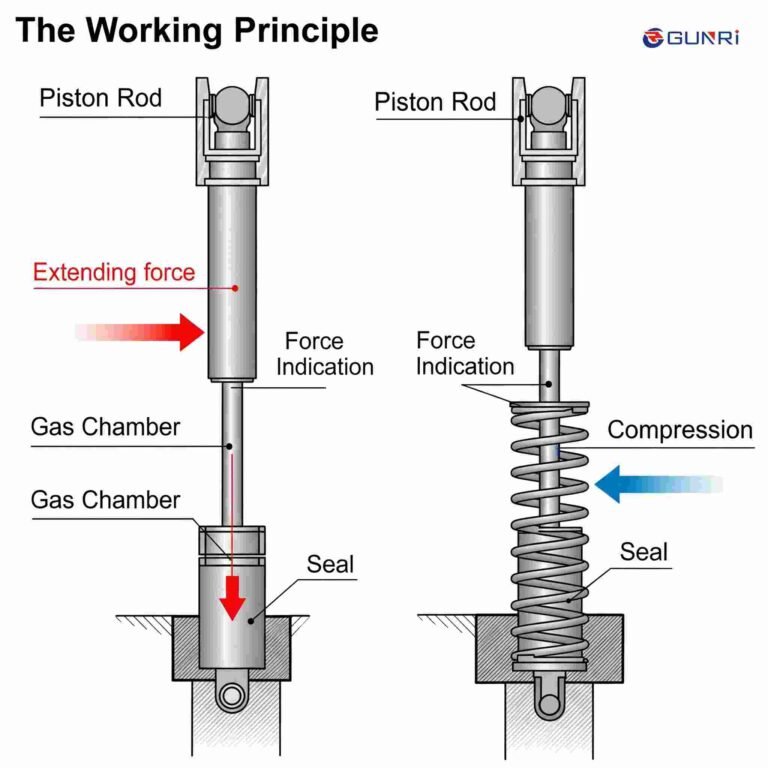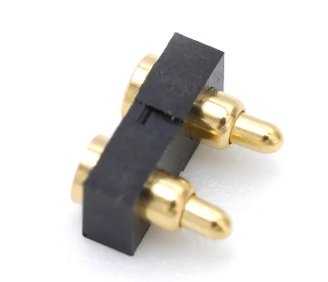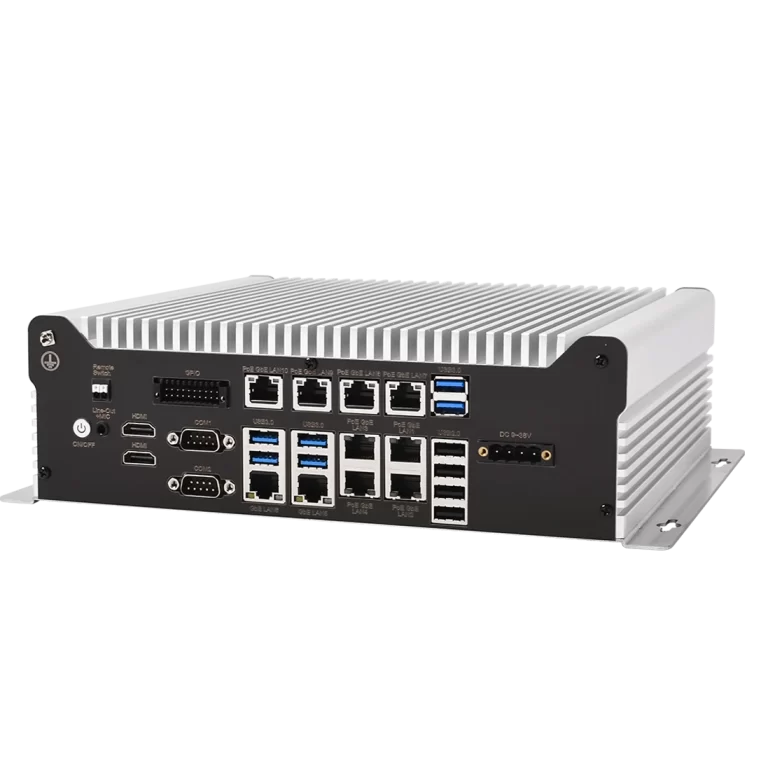Linear shafts come in various types to meet the needs of different motion control systems. The selection depends on load capacity, installation method, corrosion resistance, and precision requirements. Below is a breakdown of the most common shaft types and their applications in industrial automation, robotics, and machinery systems.
Common Linear Shaft Types and Their Applications
| Shaft Type | Key Features | Typical Applications |
|---|---|---|
| Solid Linear Shaft | High strength, standard fit with linear bearings | CNC machines, 3D printers, pick-and-place systems |
| Hollow Linear Shaft | Lightweight, suitable for wiring or pneumatic routing | Robotic arms, medical automation, fast-moving actuators |
| Tapped Ends Shaft | Threaded holes at ends for precise mounting | Modular automation equipment, test benches |
| Shaft with Retaining Ring Grooves | For quick locking and axial positioning | Conveyor guides, replaceable modules |
| Threaded Ends Shaft | External threads for nut-based installation | High-load platforms, inspection tables |
| Stainless Steel Shaft | Corrosion-resistant, hygienic applications | Food processing, lab automation, marine equipment |
| Hard Chrome Plated Shaft | High surface hardness, excellent wear resistance | Automotive stamping lines, injection mold tools |
| Precision Preload Shaft | Tight tolerance, low clearance for high accuracy | Semiconductor handling, optical instruments |
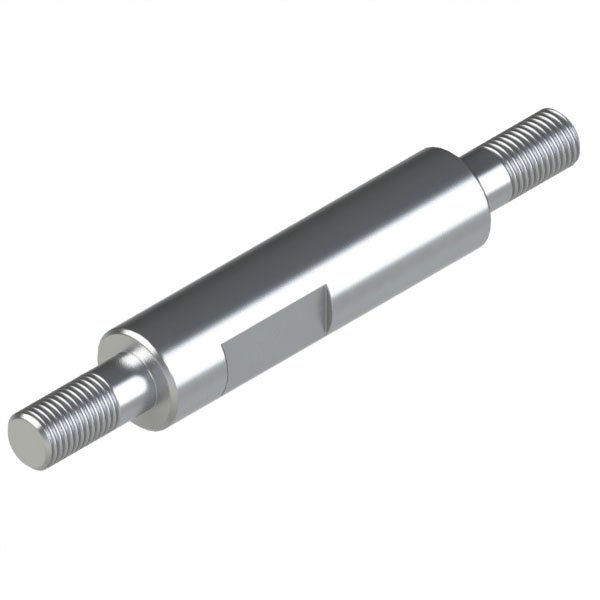
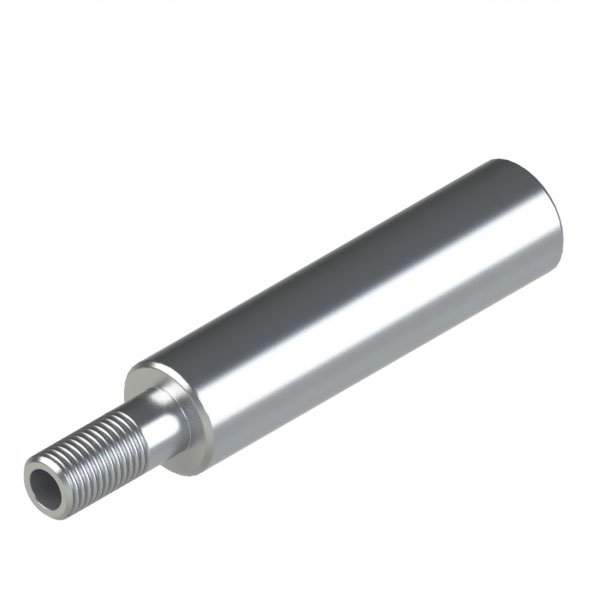
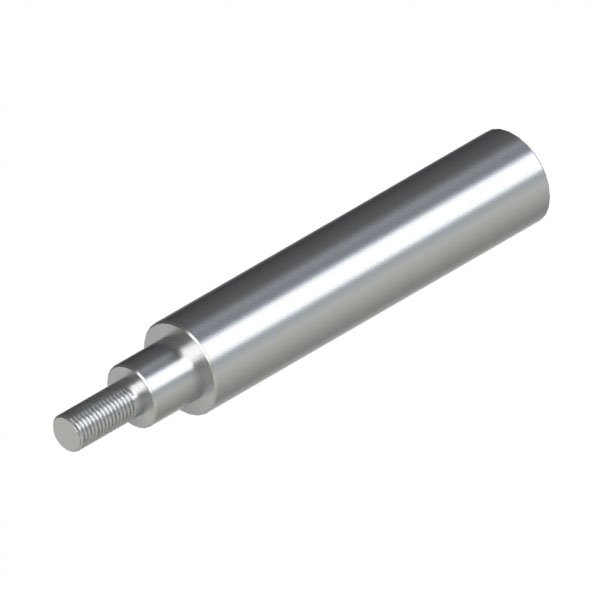


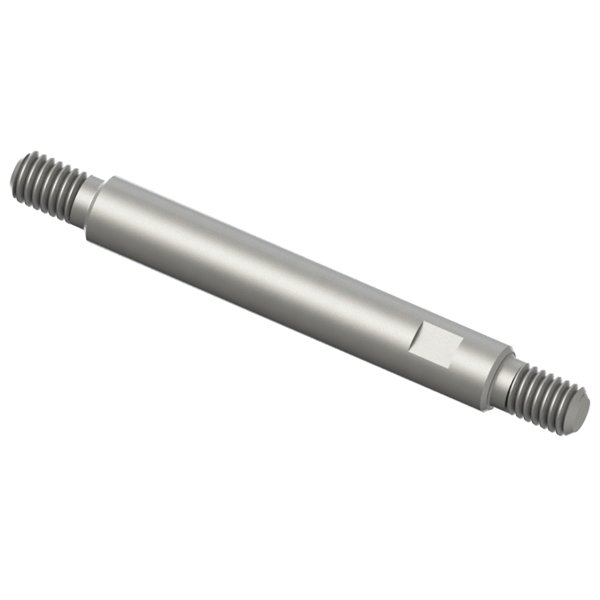
Technical Tip
Selecting the right linear shaft not only improves motion precision but also extends the life of linear bearings. When operating in humid or corrosive environments, stainless steel or hard-chrome plated shafts are recommended. For applications that demand high-speed, lightweight components, consider hollow shafts with reduced inertia.

